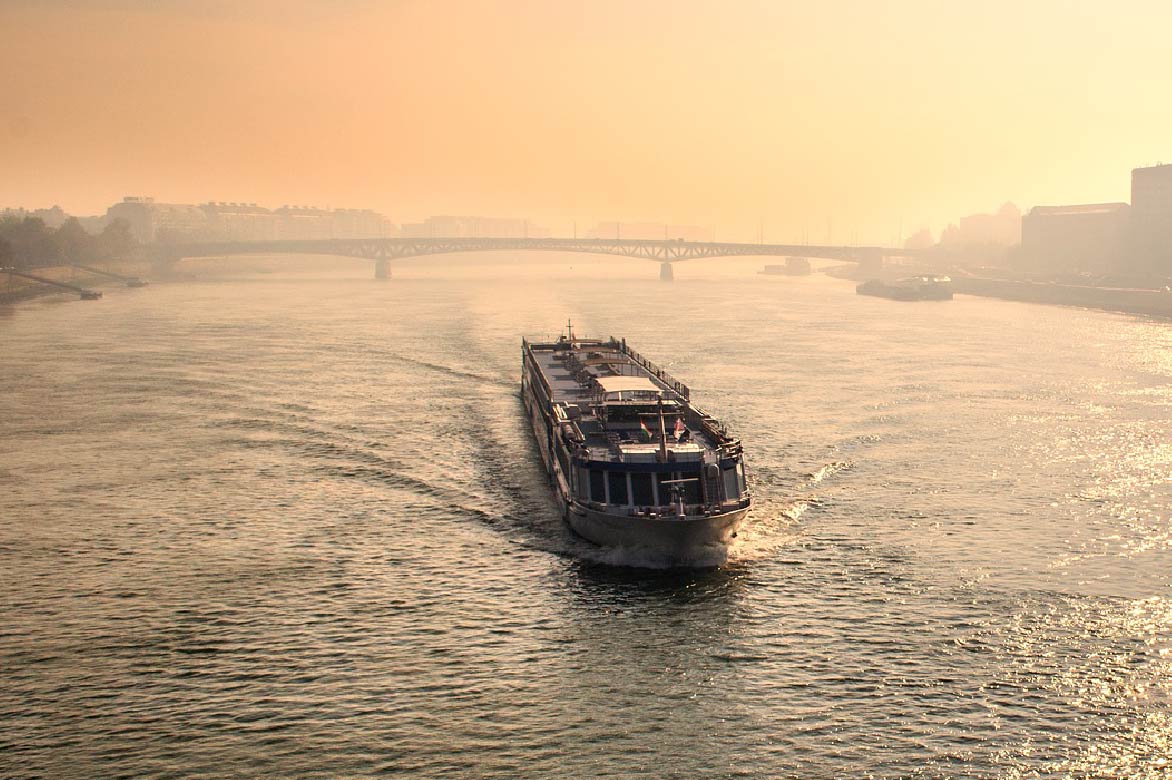
MoPSW may back green transition of inland vessels, tugboats with ₹15,000 cr VGF
NEW DELHI : The Shipping Ministry is preparing a ₹15,000-crore viability gap funding (VGF) plan for companies to shift to greener vessels for inland water transport over the next 10 years, said two persons aware of the development.
“The concept of VGF and other incentives for turning Indian maritime segment green is under formulation and consideration,” one of the people cited above said on condition of anonymity, adding that the Inland Waterway Development Council (IWDC) is working on finalizing the scheme for this green transition, which would be similar to the FAME Scheme for promotion of green automobiles.
“It should be rolled out soon after getting approval from the finance ministry,” the person added.
Currently, diesel is the primary fuel for vessels, ferries and tugboats plying on inland waterways and on certain coastal routes.
The financial support to be extended under the VGF scheme is based on an estimate done by the shipping ministry, the first person cited above said.
Queries sent to ministry of ports, shipping and waterways and the finance ministry remained unanswered till press time.
“Converting diesel-run vessels to greener fuels such as LNG/CNG, electricity, green hydrogen, green methanol and more is essential for the sector,” said Pushpank Kaushik, CEO, Jassper Shipping, a global logistics and ocean freight shipping company based in Hyderabad. “The VGF will make these projects more viable and attractive for private investors.”
Overall, the shipping ministry has envisaged several key interventions, including promoting use of renewable energy, reducing air emissions, optimizing water usage, improving solid waste management and reducing carbon emission per tonne of cargo handled by 30% by 2030 and 70% by 2047, in its plan to de-carbonize the sector.
What is VGF?
VGF is a partial government capital grant for large and long-gestation public-private partnership (PPP) infrastructure projects. These grants make projects commercially viable, encouraging private investment and aiding faster roll-out of projects.
Typically, VGF support is given to the lowest bidder, up to a maximum of 20% of the total project cost. An equal amount of VGF (20%) can also be extended by the central sponsoring ministry from its budget if it so decides.
Several infrastructure projects across the country have benefited from VGF schemes. Most recently, the Union cabinet cleared a VGF scheme for offshore wind energy projects at a total outlay of ₹7,453 crore, including an outlay of ₹6,853 crore for installation and commissioning of 1 GW of offshore wind energy projects (500 MW each off the coast of Gujarat and Tamil Nadu), and grant of ₹600 crore for upgradation of two ports to meet logistics requirements for offshore wind energy projects.
There are thought to be around 10,000 inland water transport vessels (cargo and passenger vessels, and tugboats) operating on inland waterway and coastal routes in the country, according to the ministry of shipping.
Their numbers are rising every year with the addition of new navigation routes on Indian rivers.
The shipping ministry has identified 25 river systems for development of inland water transportation (IWT) facilities, including the Ganga river system, Brahmaputra river system , and the Cauvery river system.
“The shipping ministry also plans to roll out a significant package under this (VGF) scheme to boost the construction of inland vessels, which will enhance domestic maritime transport and aid India in green shipbuilding and become a leader in sustainable and safe maritime sector,” said Kaushik of Jassper Shipping.
The Harit Sagar plan
The new proposal is an extension of the Harit Sagar plan formulated by the shipping ministry last year to encourage major ports to craft comprehensive action plans for achieving targeted outcomes in terms of quantified reduction in carbon emission over defined timelines.
Harit Sagar guidelines also recommended that ports increase the green area cover to capture emissions and lower noise levels. The green belt of the port area is targeted to increase by more than 20% by 2030 and 33% by 2047.
Ports will also be required to achieve electrification of vehicles and port equipment. The target is more than 50% electrification by 2030, to be raised to over 90% by 2047.
Ports will need to retrofit port crafts, including tugs, pilot boats, mooring boats, and survey boats with available technology for propulsion on cleaner and greener fuel in a phased manner. The share of renewable energy at ports is targeted to exceed 60% by 2030 and 90% by 2047.
The shipping ministry wants all major ports to establish at least one LNG bunkering station by 2030 and sufficient EV charging stations in the port campus or nearby areas by 2025.
Ports also need to augment infrastructure to support offshore wind energy projects by facilitating and providing services to the industry for assembly, staging, fabrication, storage , and loading of wind turbine generator components for offshore installation.

